“Nice” is not a word often used in scientific research and when it appears in the UK media, it’s now associated with NICE, National Institute for Health & Clinical Excellence.
More often than not this government organisation makes headlines with bad news: the press reports quickly when a drug is not approved for general use by the NHS. Occasionally the news concerns a drug approval, after a long campaign by an individual and their family.
So attending the Global Health 2011 at the BMA, London, made a very NICE change. It was an eye-opener to see that an offshoot of NICE, “NICE International”, is making a real positive difference to health systems in many countries.
Funded solely by their client countries and international donors (World Bank, DFID and IADB, to name a few), NICE International has sent its adviser teams into Latin America, China, Georgia and India to improve clinical practice and help them develop relevant guidelines. These countries may even set up their very own NICE organisation.
NICE International, a not-for-profit consultancy, was set up 3 years ago to cope with the many informal requests for advice from low and middle income countries (LMIC), building their health systems, as well as stronger nations like China and India. 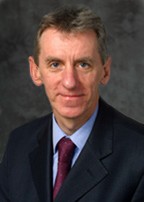
Of this demand, NICE CEO Sir Andrew Dillon (pictured) said “NICE itself [at that time] had no capacity to respond in a systematic way…. And we could not use Department of Health funds & resources to support countries outside the UK”.
And so they set up NICE International which, with suitable funding, is happy to provide technical support and pass on their expertise to any country that requests it.
Countries may well recognise that health is a human right but beyond that it makes absolute economic sense to have a healthy population. In delivering health-for-all, LMIC face many problems: how to achieve universal health coverage (UHC), how to pay for it, what level of service is affordable free to the poorest; drugs (pricing, provision, regulation); how to be cost-effective & improve clinical practice? Watching the progress of NICE in the UK, as its role expanded beyond health technology assessment (HTA, the approval of drugs and diagnostics), and the impact it had on the NHS, their policymakers realised that the NICE model and its experts could be invaluable to them.
There are common themes and sharing of best practice going on between high level policymakers. The use of HTA, UHC, health insurance, equity of access, infrastructure, bringing health professionals along with you as you change both their clinical practice and how they get paid: these are issues that policymakers swap notes on at conference.
For instance, there is distinct variability in the methods used to achieve universal health coverage, particularly in the level of services offered and the balance between what is offered for free and what is to be paid for. A mix of national insurance, occupational health insurance and private payments seems to be winning out, to fund health sustainably. But one size does not fit all & success can be elusive as Does health insurance work in Tanzania? reminds us.
Variability is also found in the timespan. Turkey with an enviable 12% growth rate and a highly committed government introduced UHC and a changed health system in just 8 years. Thailand has been working successfully towards it since the 1970s and has now reached 74% UHC. Both have benefited from observing other, more mature, health systems, and particularly NICE UK.
I asked Sir Andrew Dillon to tell me what he felt made the NICE model so appealing to health policymakers.It was, he said, 3 things in particular:
- More than just health technologies
“NICE deals with more than just health technologies (drugs and diagnostics), it covers clinical guidelines, intervention procedures and public health. This range of responsibilities is unique in the world”.
- A very deliberate connection with a health system
“It’s true that agencies did exist in Australia, Canada, Netherlands and Sweden that were using HTA but they were mostly using it for drug pricing decisions. NICE was set up deliberately to influence, introduce, and change appropriately, the practice of health professionals directly.
- Methods and processes
“The very clear way we went about creating methods and processes that were in public domain, that were subject to challenge, that were reviewed every 2-3 years, by very specifically involving patients and all sorts of people who were going to be affected by decisions, and say that in a very public way”
Clearly, NICE believes in not hiding its light under a bushel and as a result, nations and poor people on 4 continents are benefiting. Truly, good Samaritans lending a helping hand.
Further Reading
- Report, From WHO:
The world health report – Health systems financing: the path to universal coverage - News story, From World Bank:
Setting Priorities in Health: Latin America’s Story - E-newsletter, Globalhealth Knowledge Base:
November is devoted to impact of NICE on universal health coverage & global health systems
{IMy report on the Global Health 2011 conference can be found in a later blog or you can eventually live-it-live with BMJ podcasts at the conference website}
1 Comment
Leave a Reply
Related News & Blogs
CABI conducts workshop in India to help pave the way for better FAIR data processes in agriculture
CABI, as part of the Enabling FAIR data sharing and responsible data use project, has conducted a workshop in Delhi, India, to help pave the way for better FAIR data processes in agriculture. The project, funded by the Bill & Melinda Gates Foundati…
8 January 2024

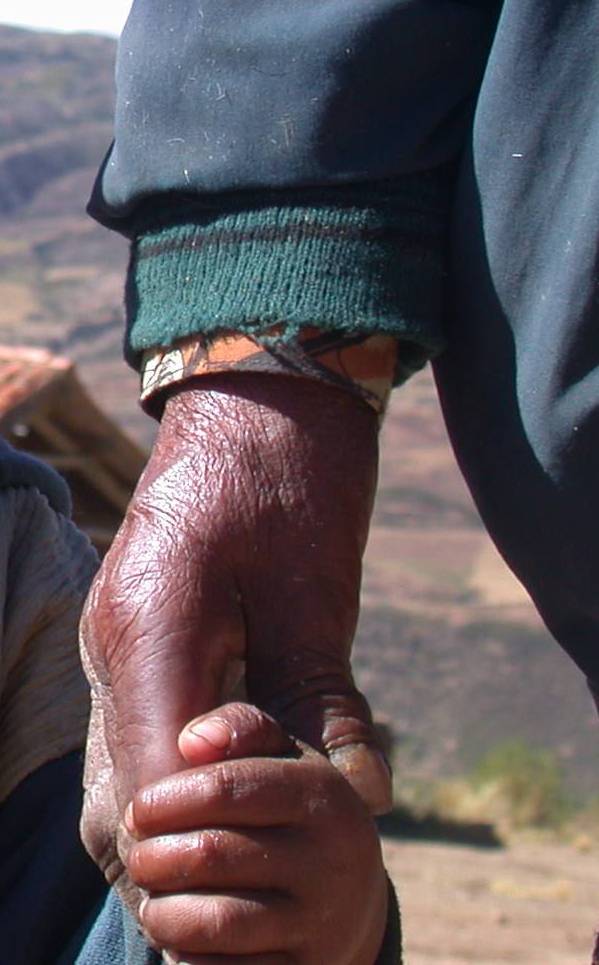

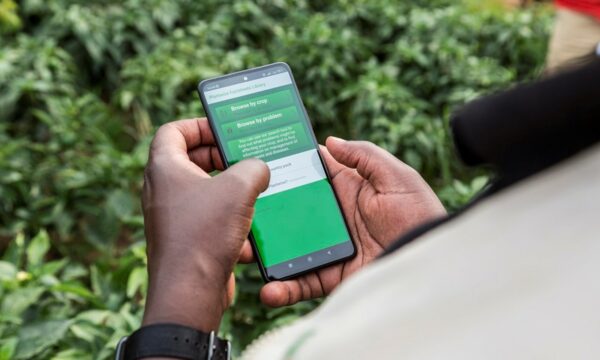
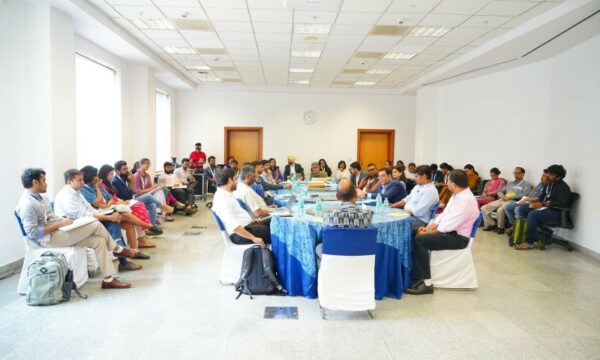
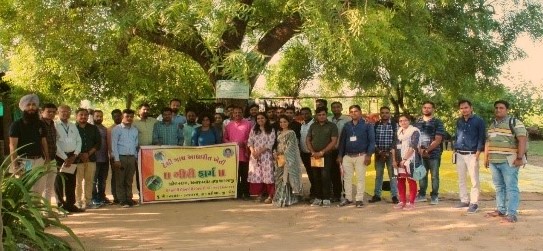
I need to find out more about this organization, NICE. It’s good to see organizations like this making such huge contributions to global healthcare.